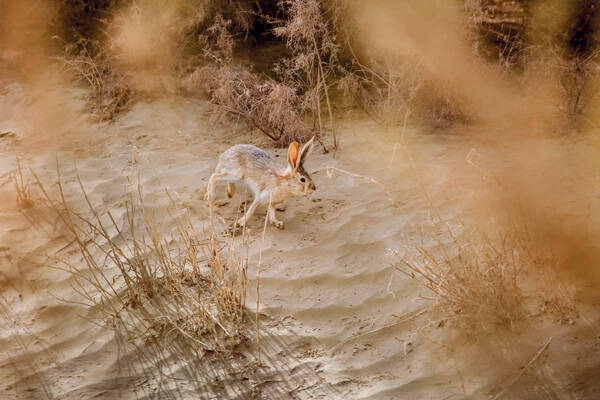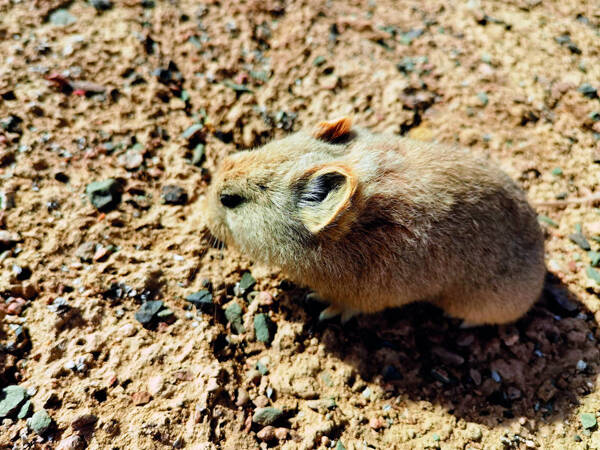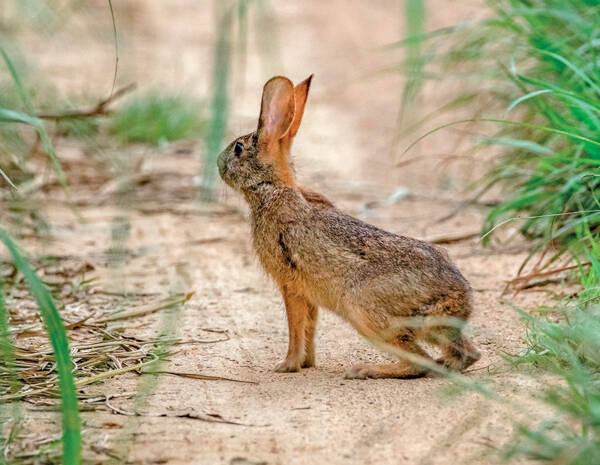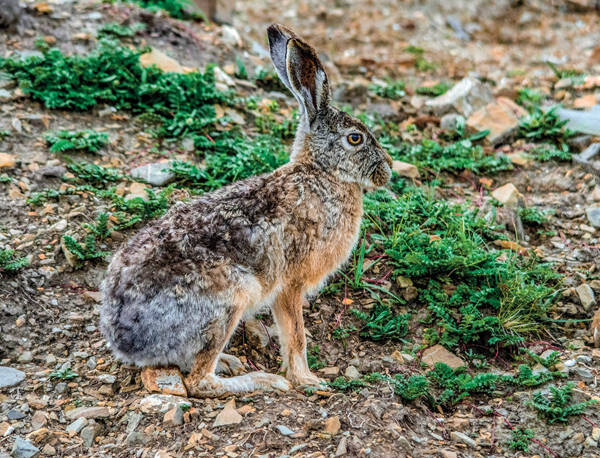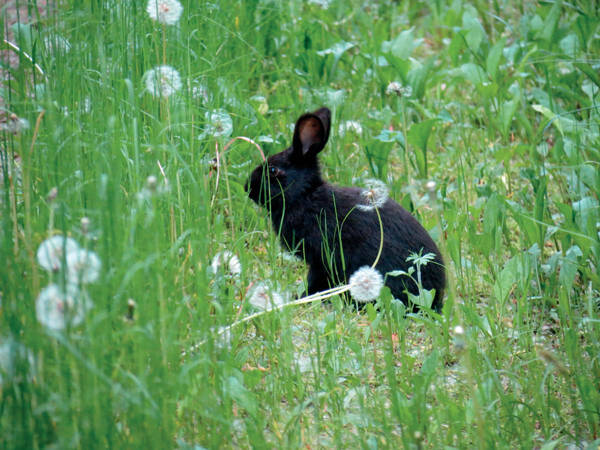Lepus yarkandensis
IUCN
LCBasic Information
Scientific classification
- name:Lepus yarkandensis
- Scientific Name:Lepus yarkandensis, South Xinjiang rabbit, hare, Shache rabbit
- Outline:Lagoiformes
- Family:Lagomorpha Leporidae Lepus
Vital signs
- length:29~43cm
- Weight:1.2~1.6kg
- lifetime:
Feature
Smaller in size, lighter in fur, larger in ears, with non-black ear tips.
Distribution and Habitat
It is endemic to China. It is only distributed in the Tarim Basin in Xinjiang.
The Tarim rabbit lives in the Tarim Basin at an altitude of 900-1200 meters near the rivers and Lop Nur, as well as in the poplar and red willow forests along the banks of the river, the semi-desert grasslands around the Taklimakan Desert in the center of the basin, and the flooded areas of the Tarim River.
Appearance
The individual is small, the smallest in the genus Lepus. The average ear length is 100mm, accounting for about 98% of the length of the hind leg, and is pulled forward and exceeds the nose. The summer hair is sandy brown on the back, and gradually becomes lighter on the sides of the body, showing sandy yellow. The hair around the eyes is dark, dark sandy brown. The cheek hair is lighter. The hair on the back of the ear is the same color as the back, and there are long white hairs on the edge of the ear without black tips. The chin hair is all white, and the lower part of the neck is sandy yellow. The belly hair is all white. The outside of the front and back legs is sandy brown, and the inside is white. The winter hair is lighter, and the back hair becomes light sandy brown, and it is yellow-white from the eyes to the front of the ears. There is a large patch in the center of the back of the tail with the same color as the back. The hair around the patch and the ventral side of the ta
Details
The classification status of the Tarim rabbit is stable, but there is a lot of controversy about which species group it belongs to. The number of Tarim rabbits is small. They adapt to a dry climate with little rain (annual rainfall is less than 100mm) and small oases with summer temperatures as high as 39℃. They are typical desert animals, active at dawn and dusk, and their activity time varies with the seasons.

The Tarim rabbit is generally active in the morning and dusk, but there are certain changes with the seasons. In winter, in order to avoid enemies, they only come out to forage before dawn and after dusk. They mostly move around in soft sand dunes with red willows, digging the roots of plants such as reeds, ramie, licorice, and camel thorn for food, and hide under bushes during the day. In summer, they often come out during the day, often gathering at the riverside to drink water, and like to eat the bark of shrubs and semi-shrubs, young branches, and green grass.
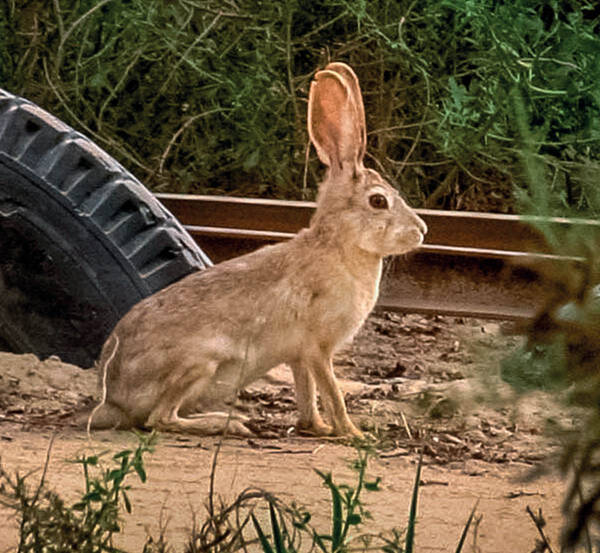
Summer is the breeding season for Tarim rabbits, and the pursuit and courtship activities between males and females can last from February to July. Females breed 2 to 3 litters each year, with 2 to 5 cubs per litter. Newborn cubs are covered with fur, open their eyes, and can move. The lactation period is only 3 to 5 days, and they can leave the female and live independently.
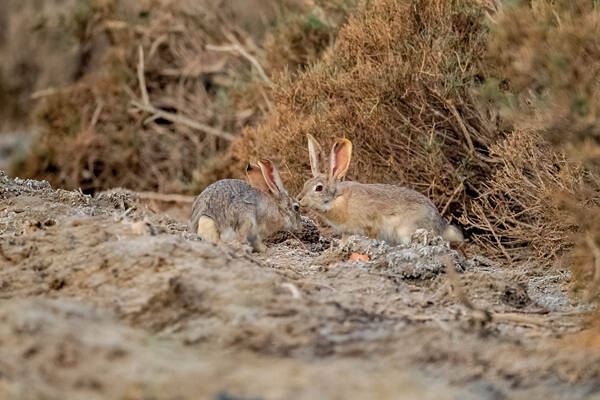
Based on the estimated 10,000 remaining in the remote suburbs of counties around the Tarim Basin, the number is about 200,000.
In February 2021, it was included in the second level of the "List of National Key Protected Wildlife in China".
